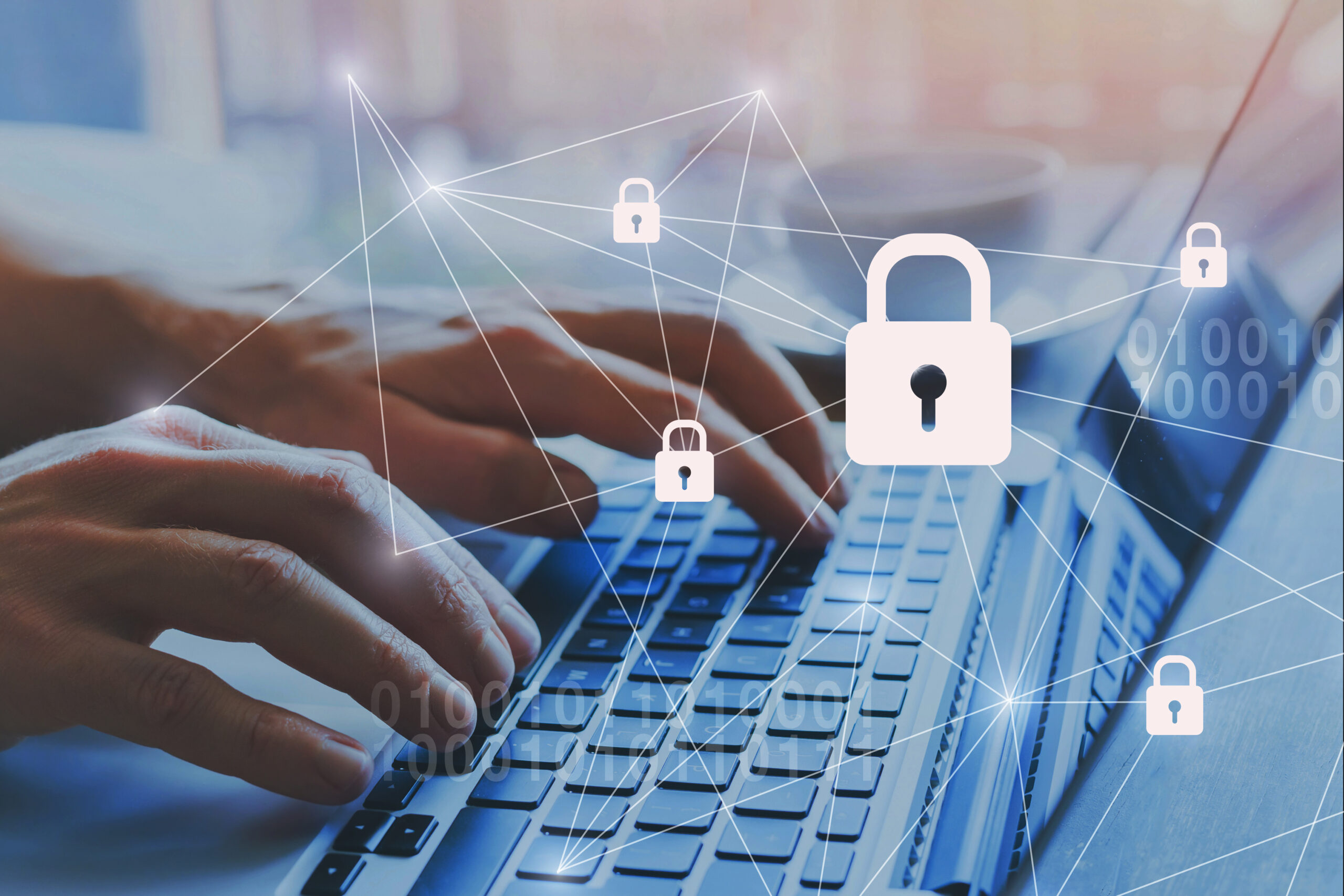Category: Blog
The cybercrime landscape has evolved far beyond isolated hackers and opportunistic attacks. Today, it functions more like a global enterprise—complex, highly organized, and driven by intertwined economic and geopolitical motives. Organizations must adapt their strategies accordingly to keep pace with these rapidly changing dynamics.
Crime-as-a-Service: The Expanding and Modular Ecosystem of Professional Cybercrime
While outsourcing has long been a component of cybercrime, recent trends reveal a significant escalation in both scale and sophistication across multiple illicit services. Beyond ransomware, large-scale operations now inundate global networks daily with millions of phishing attempts, often leveraging encrypted communication platforms to evade detection and hinder law enforcement efforts.
What sets these modern cybercrime networks apart is their modular design and broad accessibility. Advanced phishing kits, fraud tools, and other illicit services are openly marketed in underground forums, empowering actors with varying skill levels to launch impactful attacks. This commoditization has dramatically amplified financial fraud worldwide, particularly affecting banking and financial sectors, resulting in losses that reach into the hundreds of millions.
For organizations, this means confronting a decentralized and polymorphic adversary whose activities cross borders, adapt rapidly to technological changes, and are shielded by strong encryption and complex jurisdictional challenges. Traditional perimeter defenses alone are no longer sufficient. Instead, businesses must implement intelligence-driven, proactive approaches that disrupt entire cybercrime supply chains, addressing the full scope of modern threats rather than isolated incidents.
Inside Threats: The Convergence of Cybercrime and Corporate Espionage
An increasingly concerning threat arises from within organizations. Investigations show that some companies have unintentionally onboarded individuals who use advanced technologies — such as AI-generated synthetic identities and manipulated media — to falsify credentials and bypass vetting processes, gaining trusted access to sensitive systems.
This blurring of insider threat and geopolitical espionage poses significant and multifaceted risks. These actors are not merely data thieves; they embed themselves within corporate trust networks, potentially enabling sabotage, covert intelligence gathering, or influence operations.
Addressing this challenge requires moving beyond traditional patching and reactive security. Organizations need to implement layered, adaptive defenses that increase the cost and difficulty of exploitation. This includes early integration of security in development processes, stringent identity verification methods powered by AI-enhanced behavioral analytics, and frameworks that deter economic incentives for insider misuse.
Ransomware’s Evolving Landscape: Emerging Challenges and Strategic Opportunities
While ransomware continues to capture headlines, recent developments indicate cracks within its operational models. Disruptions in major ransomware syndicates have exposed internal conflicts and vulnerabilities, presenting defenders with new opportunities to gain strategic advantage.
At the same time, ransomware tactics are diversifying, incorporating additional extortion techniques and targeting broader ecosystems, such as third-party vendors and varied computing environments.
This evolving threat landscape underscores the need for resilience strategies that go beyond defense—leveraging intelligence on adversary weaknesses and emphasizing comprehensive third-party risk management.
AI and Quantum Computing: Transformative Forces Shaping the Future of Cybersecurity
Artificial intelligence remains a powerful, dual-use technology. Cyber adversaries use AI to automate and scale attacks, creating increasingly sophisticated deceptions. Conversely, defenders deploy AI for real-time threat detection and predictive analytics, driving an escalating technological arms race that demands anticipatory security approaches blending innovation, ethics, and governance.
Meanwhile, quantum computing is transitioning from a theoretical concern to an emerging reality. The risk of adversaries harvesting encrypted data now for future quantum decryption necessitates urgent adoption of post-quantum cryptographic standards. Current preparedness varies widely, highlighting the importance of coordinated global efforts and public-private partnerships to bolster readiness.
Key actions for organizations to stay ahead
- Disrupt cybercrime supply chains using intelligence that targets interconnected services rather than isolated threats.
- Strengthen insider risk programs with AI-enhanced identity verification and behavioral analytics to detect sophisticated infiltration techniques.
- Exploit adversary weaknesses by monitoring cybercriminal conflicts and infrastructure vulnerabilities for strategic advantage.
- Develop and enforce ethical AI governance frameworks to harness technology’s benefits while minimizing systemic risks.
If your organization seeks to build intelligence-driven, resilient defenses for this new frontier, Hitachi Cyber stands ready to support your security journey. Contact us to learn how we can help safeguard your digital future.


